A breather valve is a special type of pressure and vacuum relief valve used to protect atmospheric and low-pressure tanks & vessels in which fluids are filled and drawn at a high flow rate. Proper installation of breather valves can prevent tank explosions due to overpressure and collapse due to vacuum conditions. The breather valve does not release the vapor until the tank pre-set pressure is reached. So, it can be used to reduce evaporation loss. It balances the fluctuations in pressure & vacuum by eliminating excessive pressure or vacuum and provides increased fire protection and safety.
Using weighted pallets or springs in the breather valves, the pressure and vacuum protection levels can be controlled. It is normal practice to combine both pallet and spring systems in one unit to provide the required Pressure/Vacuum settings. In a breather valve, the pressure settings require a spring section, whilst the vacuum settings use the pallet method.
Working of a Breather Valve
A breathing valve consists of an in-breathing valve and an out-breathing valve. They are arranged side by side or overlapped. When the tank pressure becomes equal to atmospheric pressure, the disc and seat of the pressure valve and the vacuum valve work together making the seat tight without leakage. When the pressure or vacuum increases, the disc of the breather valves opens and retains a good seal because of the “adsorption” effect on the side of the seat.
When the tank pressure increases and reaches its design values, the pressure valve opens discharging the gas in the tank into the outside atmosphere through the side of the vent valve known as the pressure valve. At this time, the vacuum valve is closed due to the positive pressure in the tank. On the other hand, during the out-breathing process due to tank loading and evaporation of liquid due to higher atmosphere temperature, the vacuum valve opens due to the positive pressure of atmospheric pressure. The external gas enters the tank through the suction valve known as the vacuum valve. At this point, the pressure valve closes. Both the pressure valve and the vacuum valve do not simultaneously open at any time. The inhaling and exhaling process stops when the pressure or vacuum in the tank drops to normal and the pressure and vacuum valves close.

Types of Breather Valves
Breather valves can be categorized into the following groups:
- Pressure and vacuum relief valve: To prevent overpressure or vacuum conditions, the composite pressure and vacuum relief valve are used. Two independent units one to control pressure and the other to control vacuum can also be manufactured and procured as necessary.
- Pilot-operated relief valve: To protect from low-pressure or vacuum situations, the pilot-operated relief valves provide safe, accurate, and dependable protection.
- Air-operated relief valve: To reduce evaporation loss, highly efficient air-operated valves are used.
- Emergency vent valves: For fire or emergency temperature conditions, the emergency vent valve maintains the positive pressure in the tank within allowable design parameters.
- Gauge Hatch: Similar to emergency vent valves to carry out manual measurement of tank level with a metallic tape where conventional float and tape type-level instrument is out of action.
- Tank Blanketing Valve: To maintain the constant pressure in the vapor space of the storage tank when the tank is under unloading mode or vapor under condensation due to low ambient temperature, Tank blanketing valves are used.
Functions of a Breather Valve
The main functions of a breather valve is:
- reducing the vapor loss from the storage tank
- preventing the vacuum and pressure from exceeding the tank design limits.
- preventing flammable conditions.
- protecting the tank contents from moisture intrusion.
Common Standards for Breather Valve
Common standards that govern the design and selection of breather valves are
- DIN EN 14595: Tank for the transport of dangerous goods-service equipment for tanks-pressure and vacuum breather vent.
- API 2000: Venting of Atmospheric and Low-Pressure Storage Tanks.
- API 2521: Use of Pressure-Vacuum Vent Valves for Atmospheric Loss
- API 2513: Evaporation loss in the Petroleum Industry-Causes and Control
Advantages of Breather Valve
The main advantages that the application of breather valves serves are
- Content protection
- Fire hazard prevention
- Explosion prevention.
- Reduction of corrosion and emission.
- Low maintenance.
- Safe Pump operation.
Installing Breather Valves
The breather valve must be mounted at the highest point on the top of the tank to reduce evaporation losses and other exhausts. Also, it will ensure the most direct and maximum access to the breather valve. Usually, the Breather Valve is mounted on a nozzle opening of a fixed roof atmospheric storage tank. As the fixed roof atmospheric storage tanks do not contain any controlled openings, there are high chances of rupture under increasing pressure caused by pumping liquid into the tank or as a result of vapor pressure changes caused by severe thermal changes. On the contrary, the tank can implode during the pumping out procedure or thermal changes. When the liquid level lowers, the vapor space pressure is decreased to below atmospheric pressure. This vacuum condition is alleviated using the breather valve.
Parameters Affecting breather valve performance
The proper working of a breather valve depends on the following five factors:
- Pressure and Vacuum Settings
- Temperature Variations
- Temperature vs Humidity
- Number of Airlifts, and
- Amount of Desiccant
Selection of Breather Valves
The selected breather valve must be able to reduce moisture intrusion in the tank. These valves must protect the tank from a vacuum and excessive pressure. Hence, the breather valve needs to be sealed except during the airlift and in extreme temperature conditions. Certain tank parameters must be known for the proper selection of a breather valve. These are
- The maximum pressure and vacuum condition that the tank is able to withstand.
- Tank volume.
- How quickly the pressure change can take place.
- The temperature variation during the storage.
- Relative humidity and temperature of the storage area.
Materials for Breather Valves
Breather valves are usually manufactured of the following materials:
- Carbon Steel
- Aluminum
- Stainless Steel
- Cast Iron
However, breather valves can be manufactured of any material that is required based on service conditions.


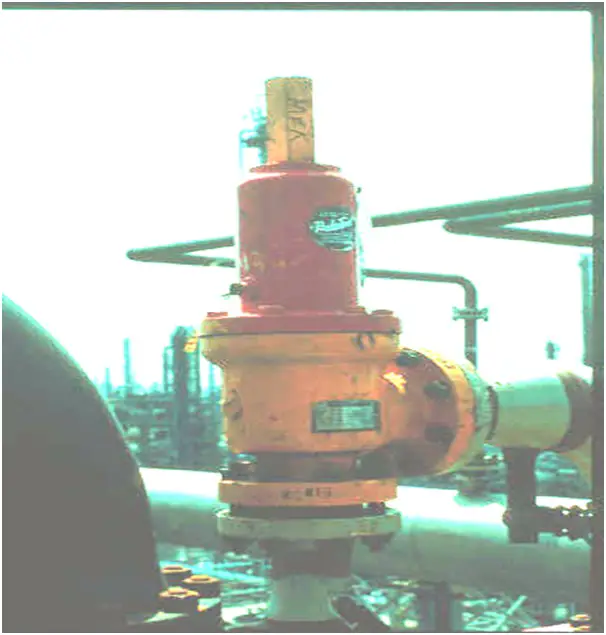

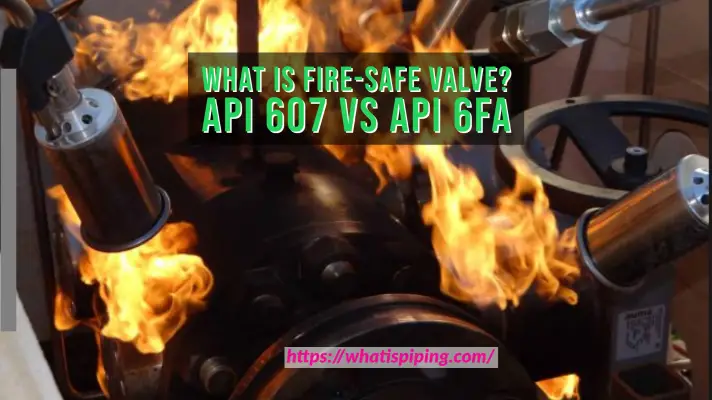
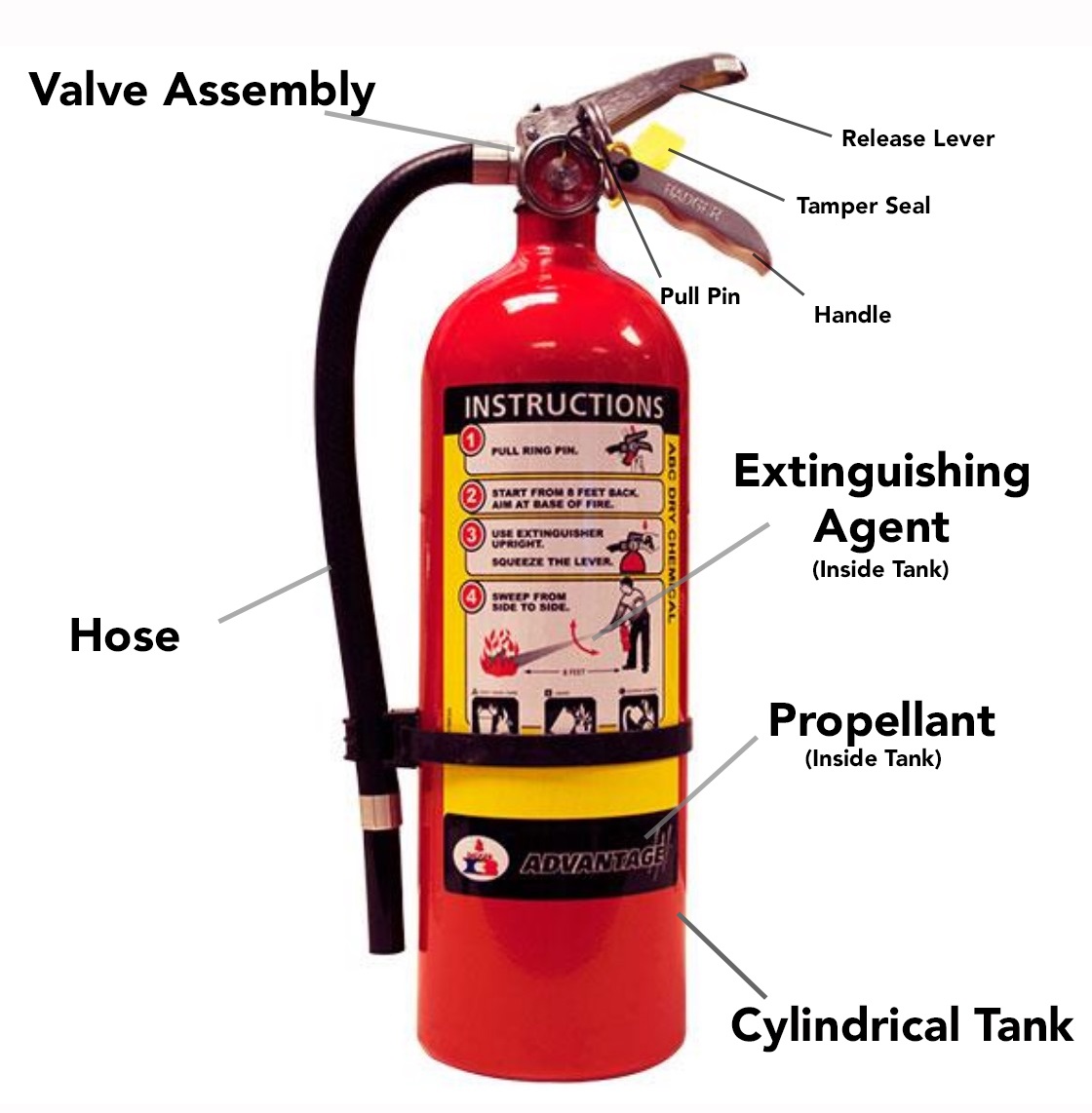

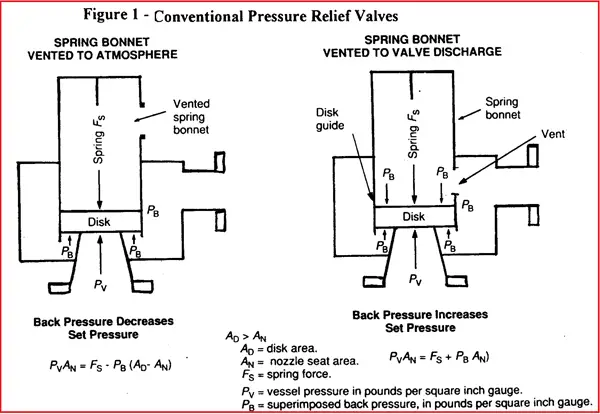
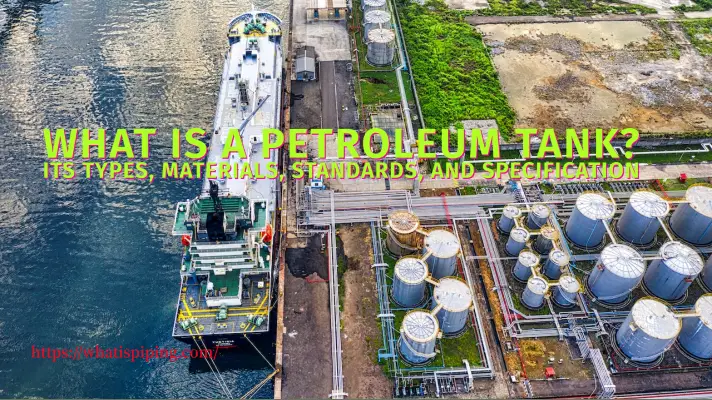
Me gustaría saber un poco más acerca de lecciones aprendidas por no haber usado correctamente esta norma.
I would like to know a little more about lessons learned from not using this standard correctly.
Hello Sir,
I am little confused in how does the pilot driven breather valve works.
There is a seperate pilot, when there is overpressurisation, vapors enters the pilot but how does it led to shrink of diaphragm when vapors are entering not leaving?
Hi sir, wanted to know can we connect a discharge piping to the breather valve to take is to safer location and what is standard size and length for piping we can use
It is very helpful and I got more knowledge about the breather valve.